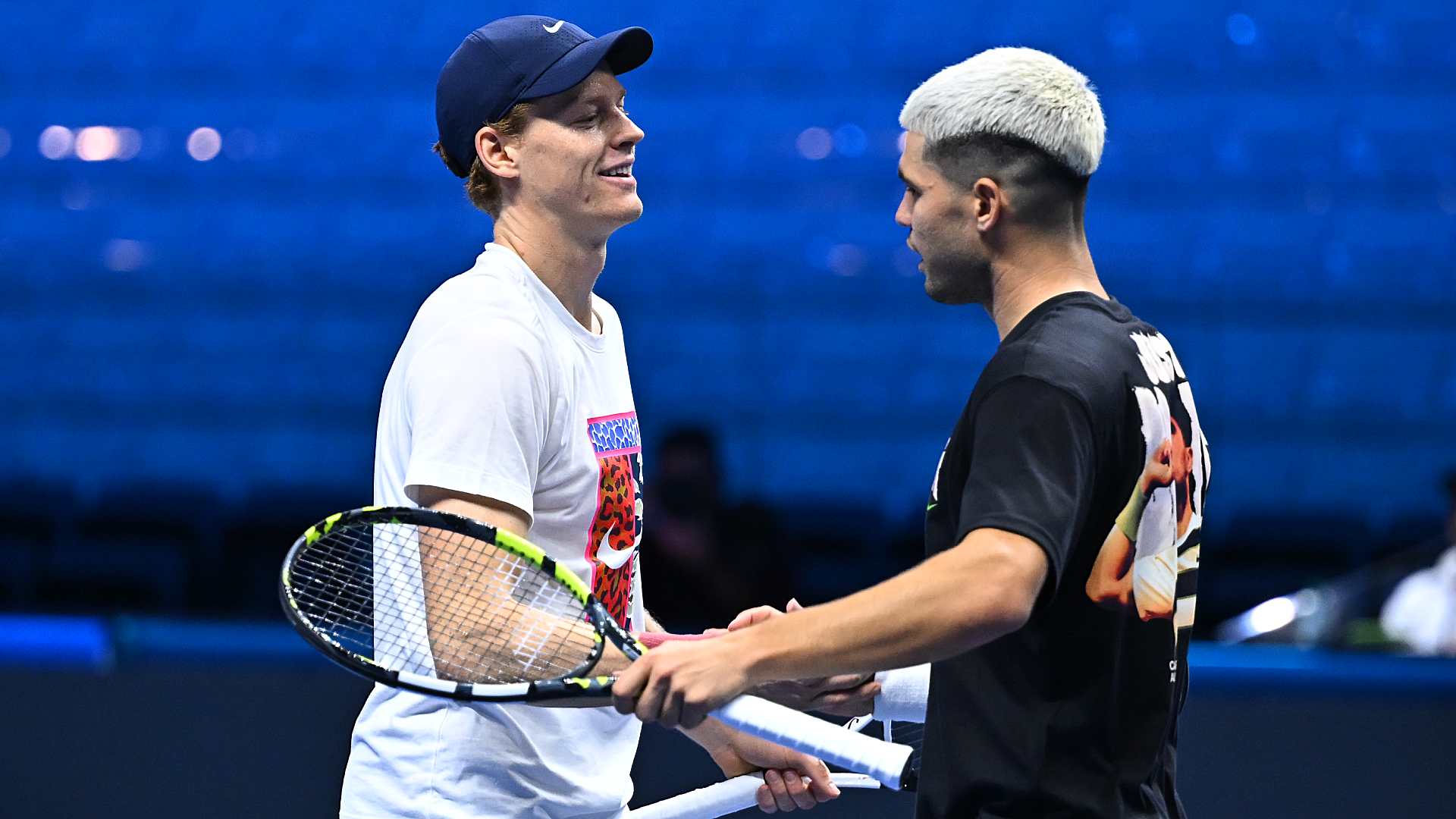Jack Draper ends his season with left-arm bone bruise, reshaping the indoor swing and January outlook
The British left-hander shuts down his year to protect a bone bruise in his serving arm, removing a distinctive lefty from the fall equation and nudging the early-season seeding picture.

Jack Draper’s season is over. The 23-year-old Briton has elected to stop competing to address a bone bruise in his left upper arm, the serving limb that underpins his first-strike identity. The call arrives just as the calendar tilts toward faster courts, a stretch that typically amplifies his patterns.
The competitive gap is notable. Autumn’s indoor weeks reward players who can create immediate separation on the first ball: a wide lefty serve to pull opponents off the court, then an inside-out forehand to seize space or an inside-in finish to close. Draper’s mix of pace, angle, and compact redirections normally compresses rallies and stabilizes hold percentage; his absence removes that profile from several draws.
According to ESPN’s reporting, Draper’s shutdown follows the diagnosis of a bone bruise in his upper left arm and a withdrawal before his second match at the U.S. Open. The same report links the issue to discomfort that persisted since midsummer, with the problem identified after a loss at Wimbledon to Marin Čilić. Draper said it was “very difficult” to accept the pause after building “incredible momentum,” adding that he intends to “come back stronger.”
Per that account, Draper returned in New York for a first-round win and then did not take the court for round two, underscoring the decision to prioritize recovery over week-to-week management.
Why this timing matters
From late September, ranking points consolidate across Asia and Europe with a blend of outdoor hard events and slick indoor stops. Seeds who stack back-to-back results can materially alter their placement for January, where Melbourne’s draw often reflects the late-season surge as much as spring’s baseline. Draper’s toolkit usually travels well across these conditions: serve targets that pry open angles, a heavy crosscourt forehand that holds line, and a backhand down-the-line that punishes overeager shading.
Without that anchor, sections loosen. Opponents who would have faced a high-end lefty look in round one or two now confront more conventional right-handed patterns, which can simplify return prep and encourage early aggression. In a congested swing, a few fewer lefty rehearsals can be the difference between a qualifying push and a main-draw foothold.
The patterns that go missing
Draper wins territory with clarity. The lefty serve offers genuine spread—slice wide to the backhand, body to jam, and T for surprise—setting up one–two combinations that get him forward in the court. From neutral, he prefers to anchor with crosscourt forehands before changing direction, frequently inside-in, to exploit any opponent who overcommits to the forehand corner. His backhand holds its shape under pace and will go down-the-line to deter pattern cheating.
Indoors, reduced weather variability elevates execution. Returns sit a touch higher, low-bounce traps shrink, and the player who controls first contact can shorten exchanges. Draper’s hold-and-go rhythm fits that brief, which is why his removal from the bracket subtly tilts match texture toward longer baseline sequences and more rally tolerance.
Biomechanics, briefly
Serving concentrates load during late cocking and the rapid internal rotation that follows; a bone bruise in the upper arm can erode both velocity and the commitment to hit aggressive wide locations. Even small doubts flatten serve patterns, allowing returners to camp in safer lanes.
On the forehand, the true governor is deceleration. If discomfort shortens the finish, inside-in accuracy is often the first casualty, nudging patterns back toward conservative crosscourt exchanges and reducing the payoff from a good wide serve.
Rankings optics and calendar context
ESPN characterized Draper as operating in a top-tier seeding band this season and referenced a recent U.S. Open semifinal on his résumé; those descriptors, as presented, elevate the influence of his withdrawal on draw architecture. We have not independently verified those specifics, but they underline why his absence resonates across late-season seeding math.
Skipping the fall means ceding a chance to bank points in a high-yield window. The counterweight is obvious: a clean training block can restore full serve variety—body, T, and wide with both slice and kick—and rebuild the trust to strike first without guarding the arm. With the Australian Open staged each January, the strategic trade is to arrive healthy and fully loaded rather than limp through a stop-start autumn.
What changes for opponents
Scouting recalibrates when a top left-hander exits. Fewer players on the current tour combine Draper’s angle generation with the willingness to take early contact and redirect down-the-line under pressure. That distinct look demands specific rehearsal: keeping returns low, denying short forehands, and not feeding his inside-out launch ball. Removing that chore frees bandwidth in practice blocks and nudges matchups toward familiar right-handed chess.
The ripple extends to cut-line math. One less high seed in 250/500 events can loosen qualifying pathways and lift volatility in middle sections. At Masters level, a shifted seed line may grant a few on-the-cusp names an extra round before running into the heavy artillery.
Game identity and sustainability
Draper’s point construction emphasizes economy rather than constant redlining. He relies on depth disciplines and measured acceleration to create forehand-led pressure, using the backhand as a stabilizer that can still punish when opponents hedge. That style tends to be sustainable across surfaces, especially when balls and courts are on the quicker side and reward taking the ball early.
Stepping away now preserves that identity. Compromised serving—95% pace without full location or shape—rarely produces the time and space his forehand needs to dictate. Protecting the kinetic chain today helps ensure the lefty patterns still cash in when the tour resets.
Looking ahead
The medium-term picture is constructive. An uninterrupted block can restore both capacity and confidence, with match play reintroduced where his strengths pay immediate dividends. January in Melbourne remains the natural target for a clean relaunch; if the arm responds and the serve regains its full spread, Draper’s angles, forehand weight, and down-the-line bite translate the moment he returns.
The short-term void for fans and tournament directors is real. But the calculus is sensible: protect the engine of the game now so that the lefty who compresses time and closes with authority can re-enter at full resolution when the season turns.


